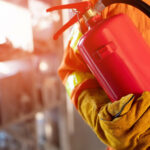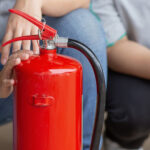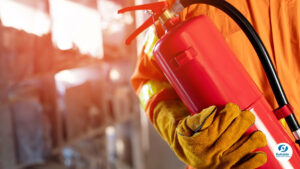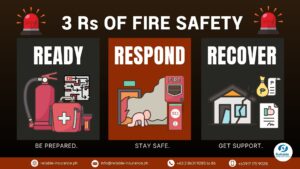The Philippines is in for a warm summer in 2025. While PAGASA, the Philippine weather bureau, stated the summer of 2024 was (expected to be) hotter than this year, recent weeks have seen repeated warnings of “danger level” heat indexes in many parts of the Philippines.
A “danger level” alert is issued when the expected temperature is between 42°C and 51°C, posing health risks such as heat exhaustion and heat stroke, especially for children, the elderly, and individuals with health conditions.
Below, we explore ways to recognize if you or your loved ones are suffering from the effects of high temperatures, and how you can stay cool and hydrated during this intense summer heat.
How to Beat the Heat
Prevention is always better than cure. Since you know this summer will be a warm one (even if it’s not the warmest), here are some steps you can take to help ensure you or your loved ones avoid heat exhaustion or heatstroke.
Stay Hydrated
Drink plenty of water or sports drinks. If your work or activities require a lot of physical exertion, make sure to hydrate even more. Bring a refillable bottle with you if commuting or walking even for just moderate distances under the sun.
Dress for the Season
It’s definitely not sweater weather now. Be sure to dress lightly and loosely unless required by your activity or job. If you can, go for lighter-colored clothes instead of darker ones that tend to absorb heat and light.
Avoid Direct Sun Exposure
Stay indoors during peak sunlight hours if you can. The times to avoid are between 11 am and 3 pm, although this may vary depending on your location and sun exposure. Shaded areas, like tree-lined avenues and complexes with lots of greenery, tend to be cooler. Use covered pedestrian walkways if you need to be out during these times.
Moderate your Activities
Avoid strenuous physical activities like extreme exercises or heavy lifting, especially outdoors in direct sunlight. At the very least, avoid doing such activities over long periods of time.
Stay Cool Indoors
If indoor temperatures become uncomfortably hot for you, closing curtains and most windows might help, especially if it’s hotter outside. Shutting off bright lights and other electrical equipment may also help.
Signs of Heat Exhaustion and Heat Stroke
Heat exhaustion is what happens to your body when it overheats. The milder form of this is heat cramps. If heat exhaustion becomes severe, it can progress to heatstroke, and you should seek immediate medical attention.
Here are some common signs of heat exhaustion:
- Faintness.and/or dizziness.
- Person has high temperatures
- Headaches and nausea
- Muscle cramps
- Excessive sweating
- Skin is cool and moist, with goosebumps
- Weak, rapid pulse
First Aid for Heat Exhaustion
To help someone experiencing heat exhaustion, follow these four steps:
- Move the affected individual somewhere cool.
- Remove all unnecessary clothing like a jacket or socks.
- Have them take a sports drink, rehydration liquids, or cool water.
- Cool their skin by spraying or sponging it with cool water while fanning them. You can also use cold packs wrapped in a cloth and put under the armpits or on the neck.
Stay with them until they feel better. The affected individual should cool down within 30 minutes.
Suppose they remain unwell after 30 minutes despite your efforts, their temperature stays high (including hot skin), their heartbeat and breathing are fast, or they become confused, they may be experiencing heatstroke. This becomes a surety if they have a seizure or fit, and lose consciousness.
In such cases, immediately call emergency services for medical assistance. Keep the affected individuals in a cool place and monitor them closely until help arrives.
In some cases, you might have to administer CPR. Do not give them aspirin or paracetamol.
Stay Prepared and Protected
Extreme heat can be dangerous, but by taking the right precautions and recognizing the signs of heat-related illnesses, you can safeguard yourself and your loved ones. Prevention is essential, but having access to quality healthcare is just as crucial in case of emergencies.
Reliable Insurance Brokers offers a wide range of healthcare insurance options to ensure you receive the care you need when dealing with heat-related health concerns.
Contact us today to learn more about how we can help keep you and your loved ones safe and healthy, no matter how high the heat index rises.
Contact Information for Inquiries and Support
If you have any questions or need assistance with your insurance, feel free to reach out to us:
- Call: +63 2 8631 9285 to 86
- Mobile: +63 917 138 5120
- Email: info@reliable-insurance.ph
- Messenger: m.me/reliable.insurancebrokersph
Sources:
- GMA Network News (2025, March 14), ‘Danger level’ heat index expected in 3 areas on March 14, 2025.
- GMA Network News (2025, March 10), PAGASA says 2024 temperatures hotter than this year.
- Mayo Clinic (2025), Heat Exhaustion.
- NHS (2025), Heat Exhaustion and Heatstroke.
- Government of South Australia (2025), Heat-related illness signs, symptoms and treatment.










